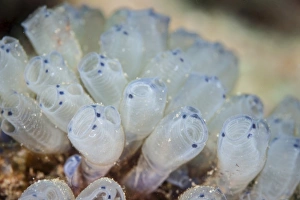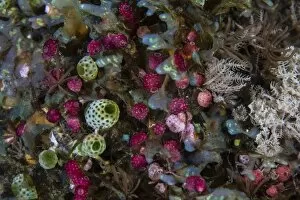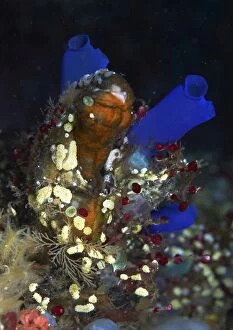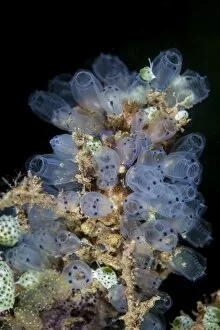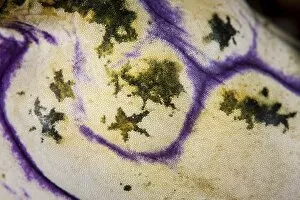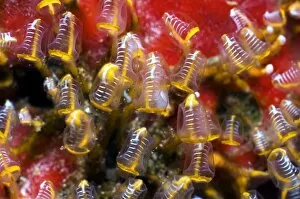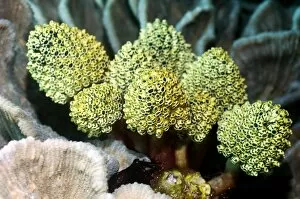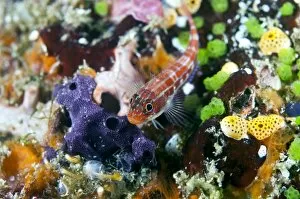Ascidians Collection
Ascidians, also known as sea squirts, are a fascinating group of marine organisms that can be found in various parts of the world
All Professionally Made to Order for Quick Shipping
Ascidians, also known as sea squirts, are a fascinating group of marine organisms that can be found in various parts of the world. One such place is Indonesia, where a beautiful set of tiny tunicates grows on a vibrant reef. These colorful tunicates form an underwater bouquet among the coral polyps, creating a mesmerizing sight. In Bali, Indonesia, you can witness the stunning display growing on a reef. Their vivid colors add to the already breathtaking beauty of this underwater paradise. Each tunicate seems like a work of art itself, with intricate details adorning their bodies. Moving to Scotland's Loch Fyne and Loch Carron, we encounter different species thriving in these sea lochs. The Gas Mantle Ascidian showcases its adult form gracefully while residing in the depths of Loch Fyne. Meanwhile, Diazona violacea forms colonies resembling footballs within Loch Carron. Not limited to Scotland alone, England's Brandy Bay also hosts an intriguing species called Ascidia mentula. This particular sea-squirt displays its open siphon proudly as it resides off the coast of Isle Purbeck during August. These diverse species come together to create vibrant coral reef communities worldwide. They contribute not only to the visual splendor but also play crucial roles in maintaining ecological balance beneath our oceans' surfaces. Whether they are forming clusters or standing individually like delicate bouquets on reefs around Indonesia or showcasing their unique features in Scottish and English waters – ascidians never fail to captivate us with their beauty and diversity.


